Blackheads vs. Sebaceous Filaments: How to Tell the Difference
| Authored by: Sanjana Tharwani |
| Reviewed by: Kapil Dhameja |
| Estimated Reading Time: 5 minutes |
Let’s settle one of the most misunderstood debates in the skincare world: blackheads vs. sebaceous filaments. If you’ve ever leaned into a mirror and agonised over the tiny dark dots sprinkled across your nose or chin, you’ve likely wondered, 'Are these blackheads? Are they dirt? Or are they just… my face?
Spoiler alert: you’re probably looking at sebaceous filaments.
These two skin phenomena may look similar at first glance, but they’re entirely different in structure, function, and the way you should treat them. Mistaking one for the other is not only frustrating, but it can also cause you to misuse products, waste money, and even damage your skin.
So let’s get into the nitty-gritty: what they are, how they differ, how to treat them, and—most importantly—what not to do.
Table of Contents |
What Are Blackheads?

Blackheads are scientifically known as open comedones and are a type of acne lesion. They are formed when a hair follicle gets clogged with dead skin cells, sebum (the natural oil from your skin) and sometimes bacteria. Post this, since the pore remains open, the contents further get exposed to air and oxidise, turning it black. Hence, the name.
Characteristics of Blackheads:
-
They are dark, black, or brown in appearance
-
They tend to be slightly raised or bumpy
-
They are often found on the nose, chin, forehead, or back
-
It’s a common myth, but no, they are not caused by dirt
-
They absolutely can be extracted, but often reappear
Blackheads are associated with acne-prone skin and, if left untreated, can lead to inflammation or even pimples.
What Are Sebaceous Filaments?

Here’s where things get a little (a lot?) tricky. Sebaceous filaments (SFs) look a lot like blackheads, but are not the same. As opposed to blackheads, these are naturally occurring structures in the skin that help oil (sebum) flow from the sebaceous glands to the surface. They are a part of our skin’s normal physiology.
Characteristics of Sebaceous Filaments:
-
They are usually light grey, yellow, or tan (not truly black)
-
Unlike blackheads, they are flat or slightly textured, not raised
-
They are found in areas with high oil production (nose, cheeks, chin)
-
They are present in almost everyone, regardless of their skin type
-
They, too, come back quickly after their extraction
They’re not harmful and don’t need to be removed. In fact, trying too hard to get rid of them can backfire.
Key Differences: Blackheads vs Sebaceous Filaments
|
Feature |
Blackheads |
Sebaceous Filaments |
|
Definition |
Pores clogged with sebum and debris that turn black when exposed to air |
A natural and structural part of the pore lining |
|
Color |
Black or dark brown |
Grey, yellow, or tan |
|
Texture |
Raised, noticeable and bumpy |
Flat or slightly raised |
|
Cause |
Excess sebum, dead skin, and sometimes bacteria |
Normal sebum transport |
|
Frequency |
Common in acne-prone skin |
Present in everyone |
|
Need for Treatment |
Yes, in most cases |
No, unless overly prominent |
|
Return Time |
Days to weeks |
Within 24–48 hours post-extraction |
A good rule of thumb? If it’s uniformly spaced and not inflamed, you’re likely looking at sebaceous filaments. If it’s irregular and raised, it’s more likely a blackhead (you’re welcome!).
How to Treat & Manage Each

You can only choose the right approach when you understand the difference and successfully identify them. Because trying to “fix” sebaceous filaments like they’re blackheads can do more harm than good.
Treating Blackheads
In order to effectively treat blackheads, the ultimate goal is to unclog pores and lower sebum production.
-
Use Salicylic Acid (BHA): As an oil-soluble acid, it is able to penetrate pores deeply and easily dissolve dead skin and sebum.
-
Look For: Face washes or toners with 2% salicylic acid
-
Incorporate Retinoids: Retinoids help to normalise skin cell turnover and also prevent pores from clogging.
-
Prescription Options: Tretinoin, Adapalene
-
Clay Masks: Clay (like bentonite or kaolin) helps to absorb excess oil and reduce the frequency of blackheads.
-
Chemical Peels and Extractions: Professional treatments such as chemical peels, microdermabrasion, or manual extractions by a dermatologist can safely remove blackheads.
Sebaceous Filament Management
Because sebaceous filaments are not an issue, the intention is maintenance, not elimination.
-
Gentle Exfoliation: Apply a gentle exfoliant 2-3 times weekly to maintain oil flow in balance and forestall any excess build-up. Steer clear of scrubs containing abrasive beads.
-
Niacinamide (Vitamin B3): Calming in nature, this product works well to balance oil production and is able to decrease the look of sebaceous filaments.
Since we’re on the topic of niacinamide, don’t miss out on our Shubhr Niacinamide Under Eye Serum for Dark Circles and the Niacinamide Under Eye Cream with Papaya & Potato Starch. Specially formulated to reduce dark circles, brighten dull under-eyes, and deliver visible results, they are designed to basically do all the heavy lifting while you catch up on your beauty sleep.
-
Oil Cleansing: Ironically, using oils like jojoba or grapeseed can help dissolve excess sebum in the pores.
Pro tip: Have a go at the double cleansing method. Use an oil cleanser first and then a water-based cleanser.
-
Don't Overdo It: Over-washing or over-exfoliating will only bring out more oil production, hence emphasizing sebaceous filaments.
What Not to Do
Let’s talk about what you absolutely should not do, regardless of whether you’re dealing with blackheads or sebaceous filaments.
- Don’t Use Pore Strips Regularly: Yes, while you may find them extremely satisfying, the truth is they’re not helpful in the long term. They may remove surface-level gunk, but they also damage the delicate skin around your nose.
- Don’t Over-Extract: Constant squeezing can traumatize the skin, enlarge pores, and even lead to scarring or broken capillaries.
- Don’t Assume All Dots are Blackheads: Misidentification of sebaceous filaments as blackheads may lead to skin irritation and breakouts.
- Don’t Use Harsh Scrubs or Alcohol-Based Products: Products like these will strip off your skin barrier and worsen oil production and inflammation.
Conclusion: Know Your Pores, Love Your Skin
Knowing the difference between blackheads vs sebaceous filaments is a skincare game-changer. Not all dots have to be scrubbed, squeezed, or exfoliated like they are the enemy. Sometimes it's just your skin being its awesome self.
So the next time you catch yourself nose-to-mirror, stop. Ask yourself: Is this a problem or just human nature?
Remember: Not all pores require a solution. Some only require understanding.
Recommended Products:
Related Articles:
10 Amazing Benefits of Rosemary for the Skin
The Tale of Kumkumadi: Face Oil for Acne-Prone Skin


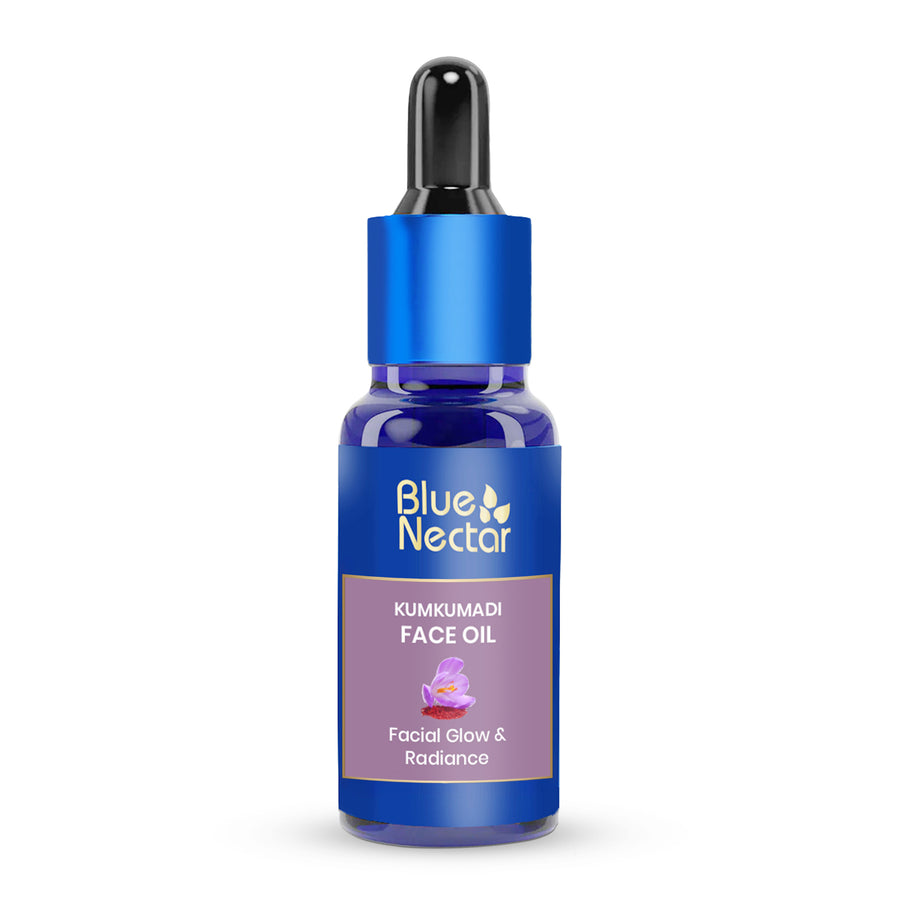
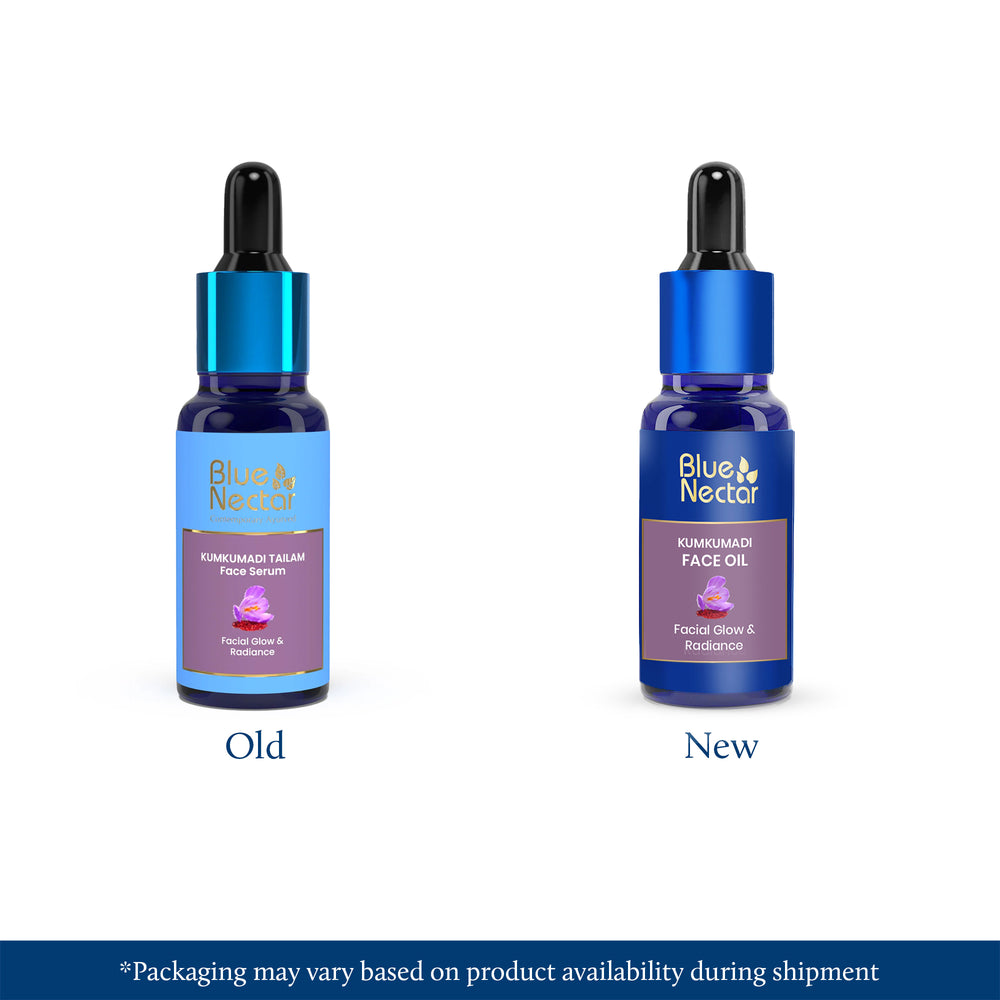
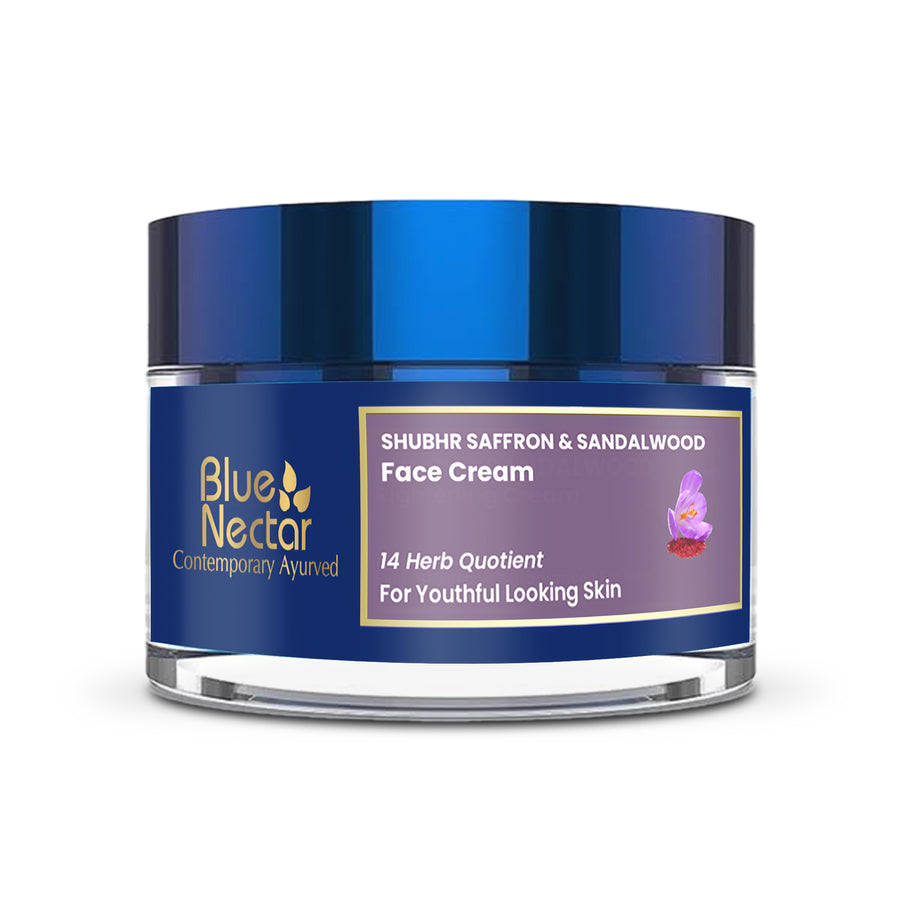
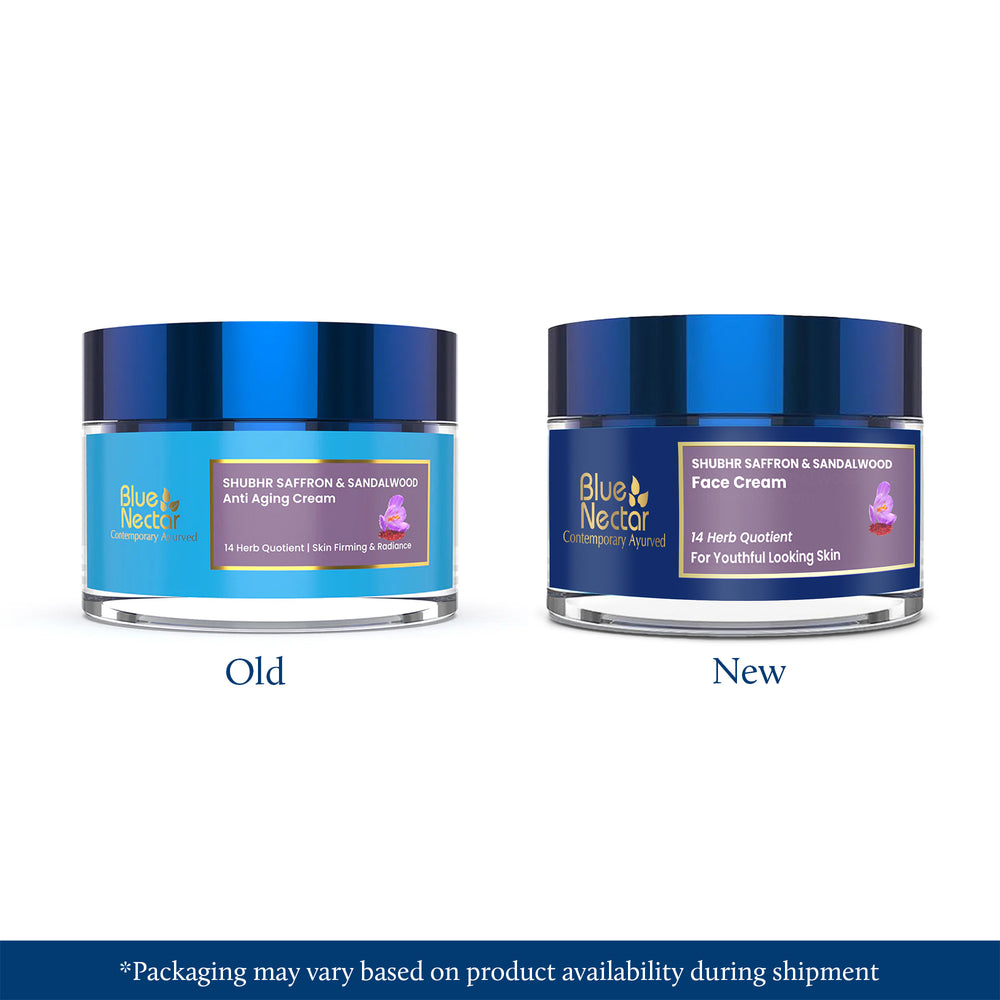
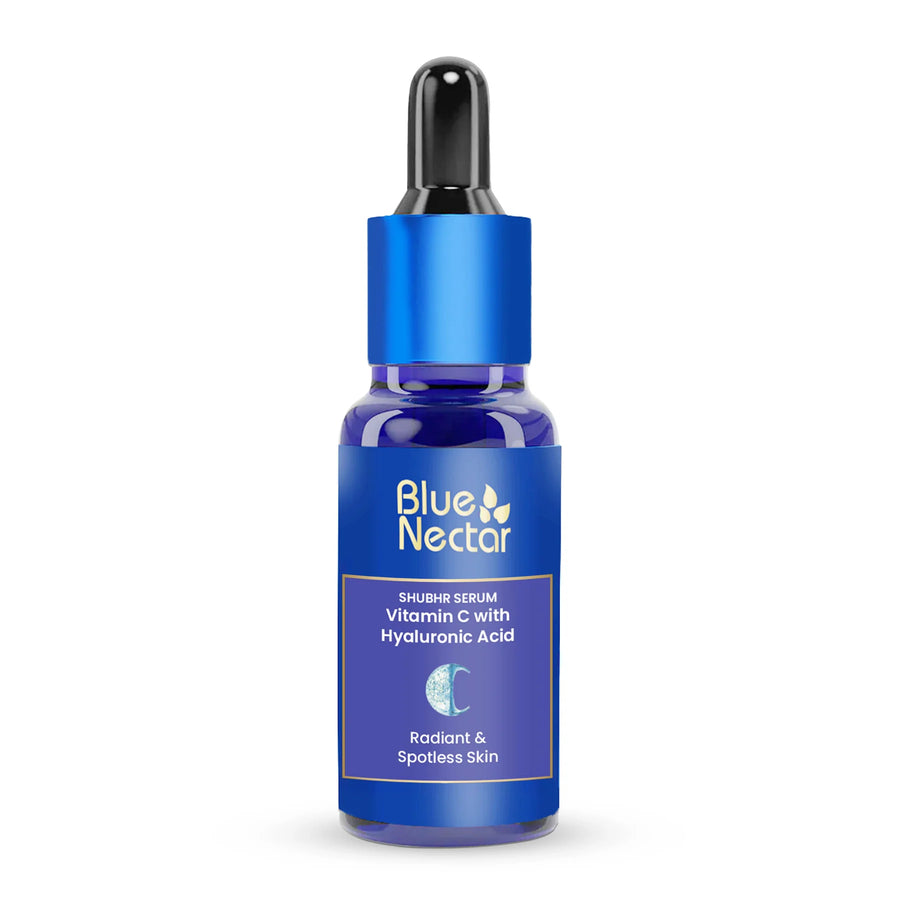
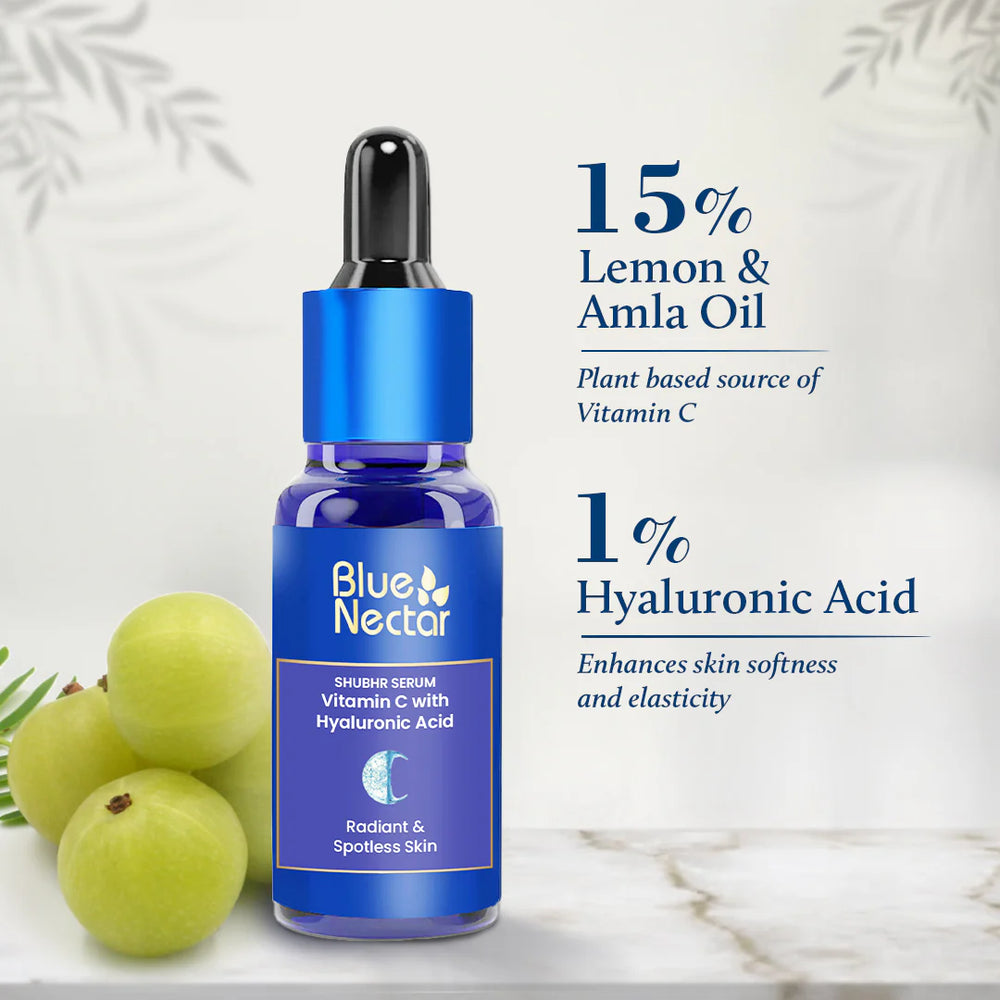

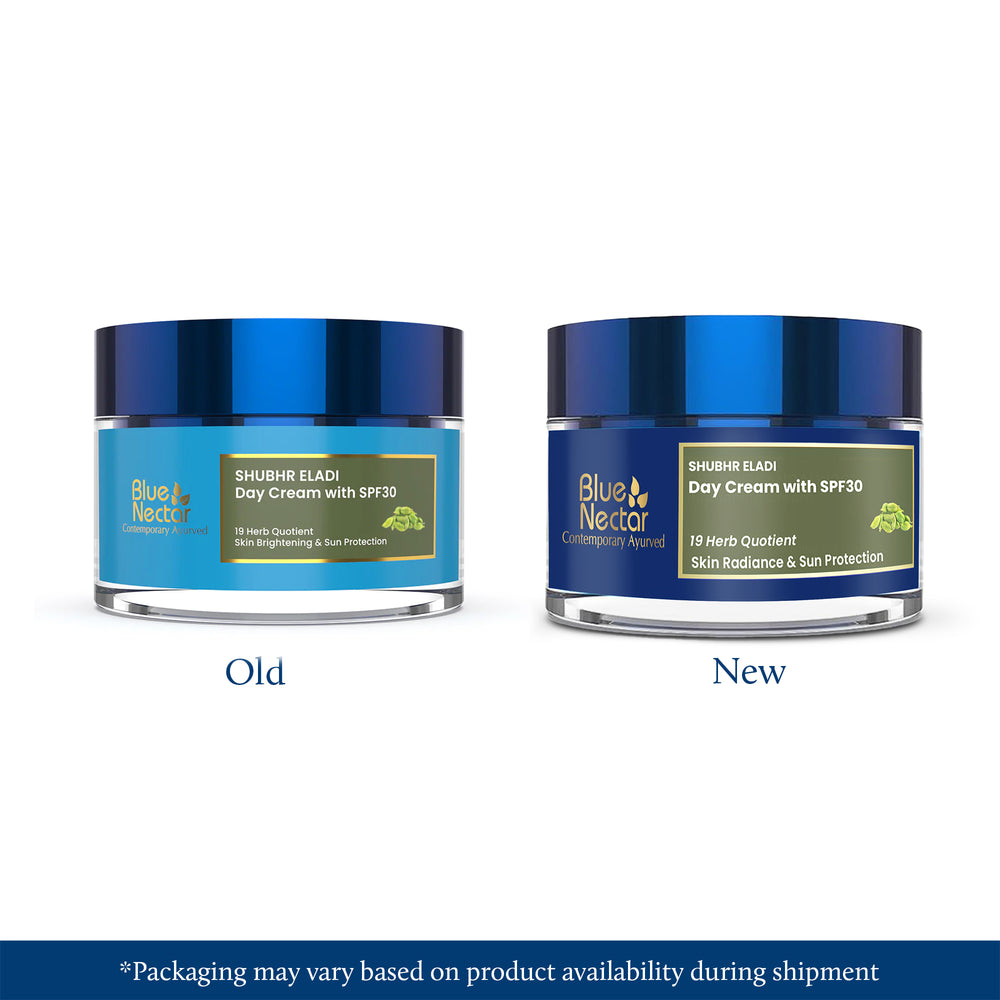
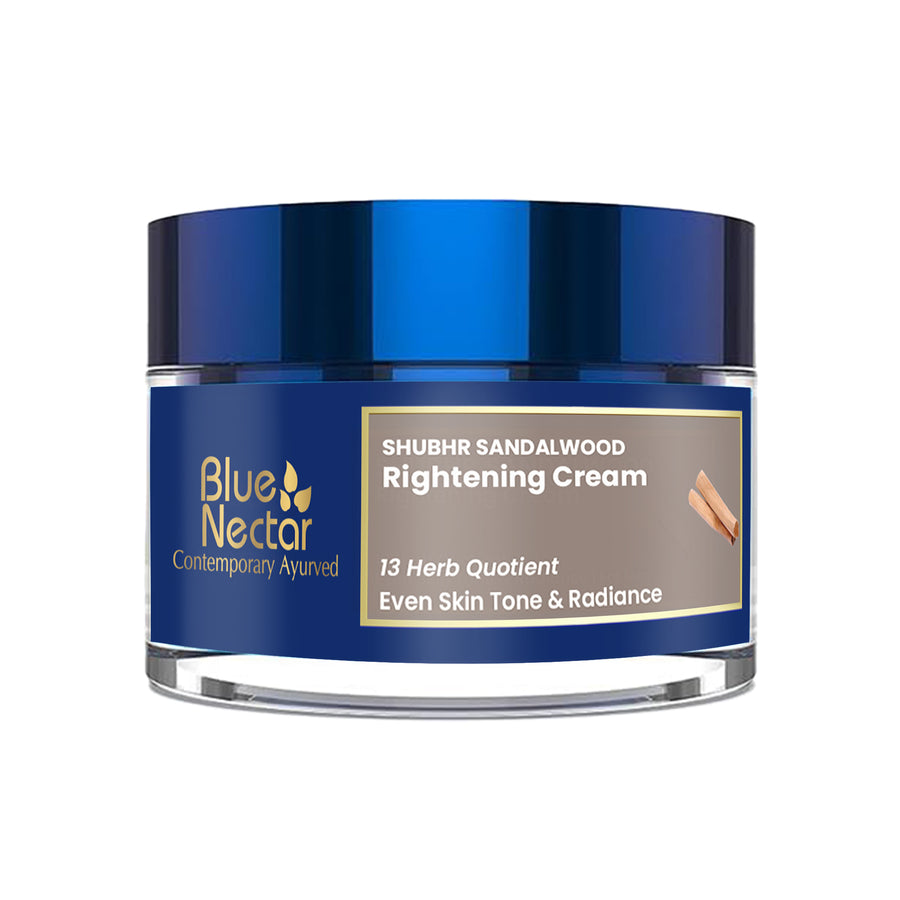
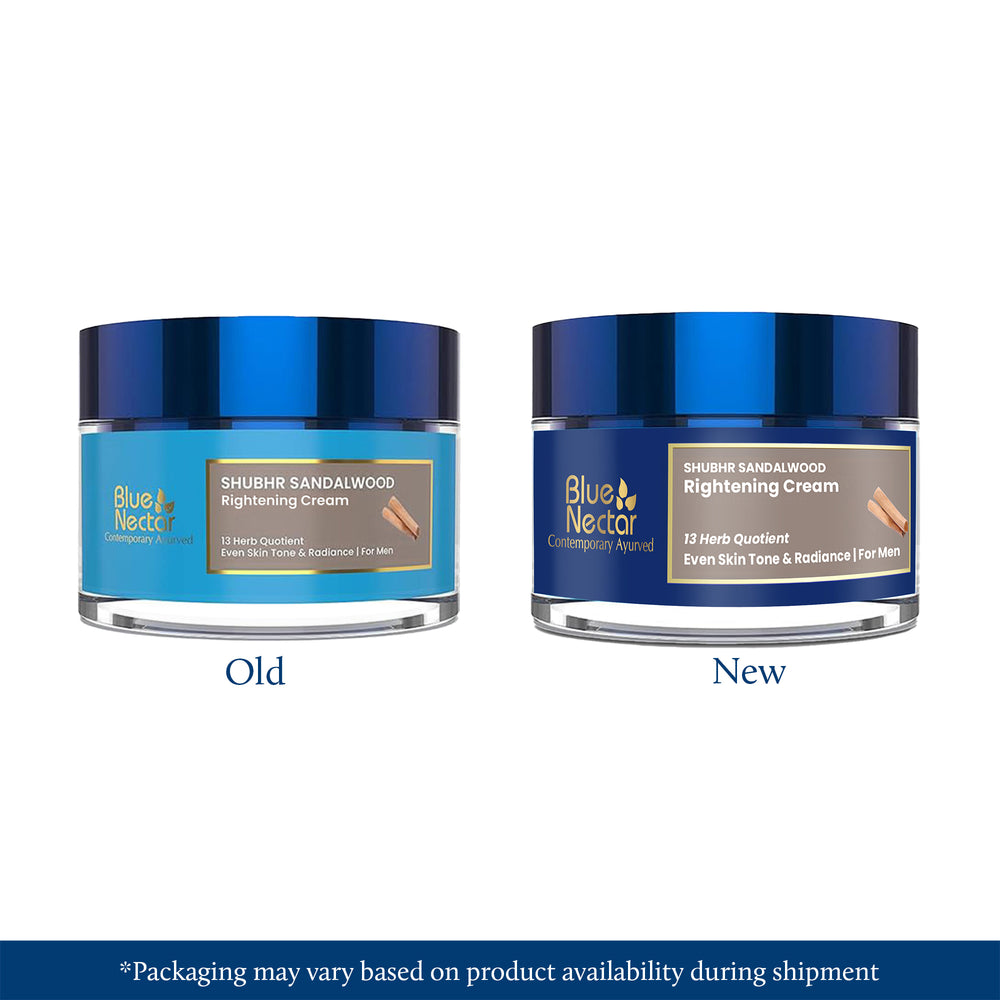




Leave a comment